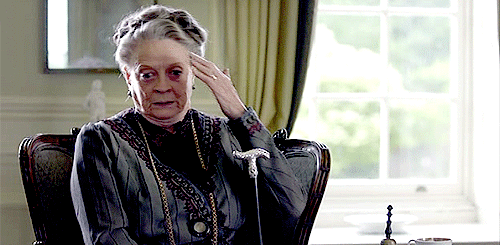

LESSONS: Ten Things to Think About
PSYCHOLOGICAL GESTURE
Enhancing Animation with Texture and Psychological Gestures
“Psychological Gesture is the inner essence of something manifested in a physical form” ~Michael Chekhov
In Animation, psychological gestures are invaluable tools for conveying subtext and adding depth to characters’ performances. Adding texture to any movement gives it intention. Texture refers to the nuances and subtleties in movement that bring Animation to life. It’s what makes characters feel real and relatable to the audience.
The psychological gesture illustrates a character’s thoughts and emotions through subtle twitches and gestures. For instance, a stewardess giving a safety presentation might scratch her head if preoccupied, yawn if tired, or display tension if upset. Animators can effectively incorporate psychological gestures by drawing from their own experiences and reactions to similar situations. By understanding their characters’ motivations, animators can create performances that resonate with the story and the audience.
An example of texture between two characters is in Tex Avery’s Little Rural Riding Hood wolves. Watch how the city wolf and country wolf move. The city wolf continues to walk smoothly with his nose up in the air like Ronald Coleman. The country wolf is going nuts!
How do you find the right Psychological Gesture?
One method for finding the fitting psychological gesture is through leading questions, where animators cultivate their imagination by asking probing questions about their character’s desires and actions. For example, if playing a villain, an animator might explore gestures associated with dominance, such as pressing down with their hands, while infusing qualities like rage or fear.
Analyzing scenes from films, such as the one featuring Philip Seymour Hoffman, can offer valuable insights into psychological gestures. Observing actors’ subtle movements, such as pushing up glasses, licking lips, or heavy breathing, reveals how these gestures contribute to the overall performance.
In essence, mastering texture and psychological gestures allows animators to infuse their characters with authenticity and depth, enriching the storytelling experience for the audience.
